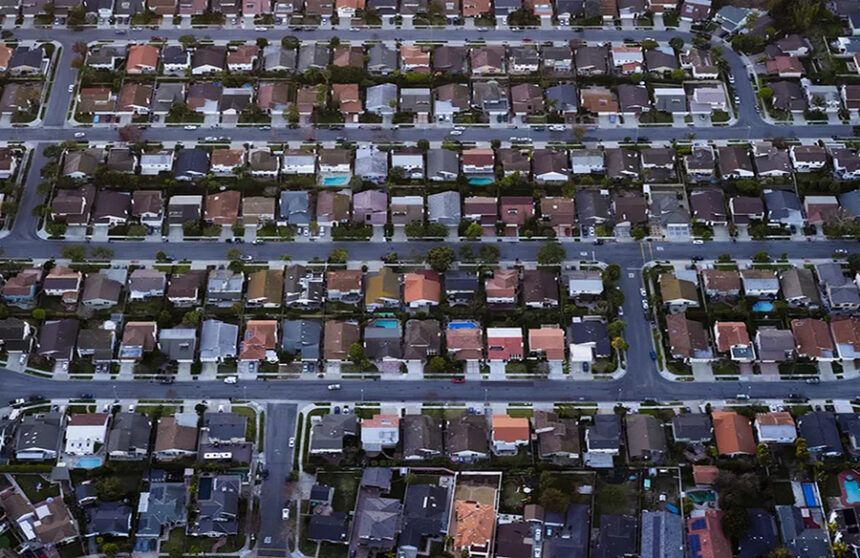Suburban sprawl, often referred to as urban sprawl, represents the expansion of urbanized areas into rural landscapes. Characterized by low-density single-family homes and extensive road networks, this phenomenon encroaches upon wildlands and agricultural fields beyond city limits.
Evolution of Suburban Development
The rise of single-family housing and widespread car ownership during the 20th century fueled the proliferation of suburban sprawl. Initially comprising small homes on modest lots, suburban subdivisions gradually transitioned to larger homes on expansive acreage. Today, residential lots spanning several acres are commonplace, driving the demand for land and necessitating extensive road construction.
Environmental Ramifications
Suburban sprawl exerts profound environmental impacts, disrupting agricultural production and fragmenting natural habitats. This fragmentation poses a threat to wildlife, contributing to habitat loss and increased road mortality. While certain species thrive in fragmented landscapes, others face population declines. Moreover, sprawling developments foster the proliferation of invasive species and necessitate the use of chemical treatments, leading to water pollution and ecosystem degradation.
Social and Economic Challenges
The economic viability of low-density suburban areas is increasingly questioned, as the tax revenue generated fails to cover infrastructure costs. Residents of sprawling suburbs often face social isolation and health issues due to reliance on automobiles and limited community engagement. Fatal car accidents are more prevalent among individuals with longer commutes, highlighting the inherent risks associated with sprawled living.
Strategies for Mitigation
Addressing suburban sprawl demands multifaceted solutions at the community level:
- Promote Smart Growth: Advocate for revitalization efforts in urban centers and repurpose abandoned properties for medium-density housing.
- Encourage Mixed-Use Development: Foster vibrant communities around public transportation hubs, facilitating access to essential amenities.
- Support Local Planning Initiatives: Engage in land use planning and endorse measures that prioritize smart growth and conservation efforts.
- Implement Sensible Transportation Policies: Invest in public transportation, prioritize road maintenance over expansion, and develop pedestrian-friendly business districts.
- Embrace Sustainable Living: Opt for higher-density housing options, prioritize active transportation, and minimize personal carbon footprints.
Conclusion: Shaping Sustainable Communities
While suburban sprawl poses complex challenges, proactive measures can mitigate its adverse effects and promote sustainable development. By fostering compact, connected communities and prioritizing environmental stewardship, we can cultivate resilient urban landscapes that support human well-being and biodiversity. Together, we can pave the way towards a more sustainable future, one mindful decision at a time.



Leave a Reply